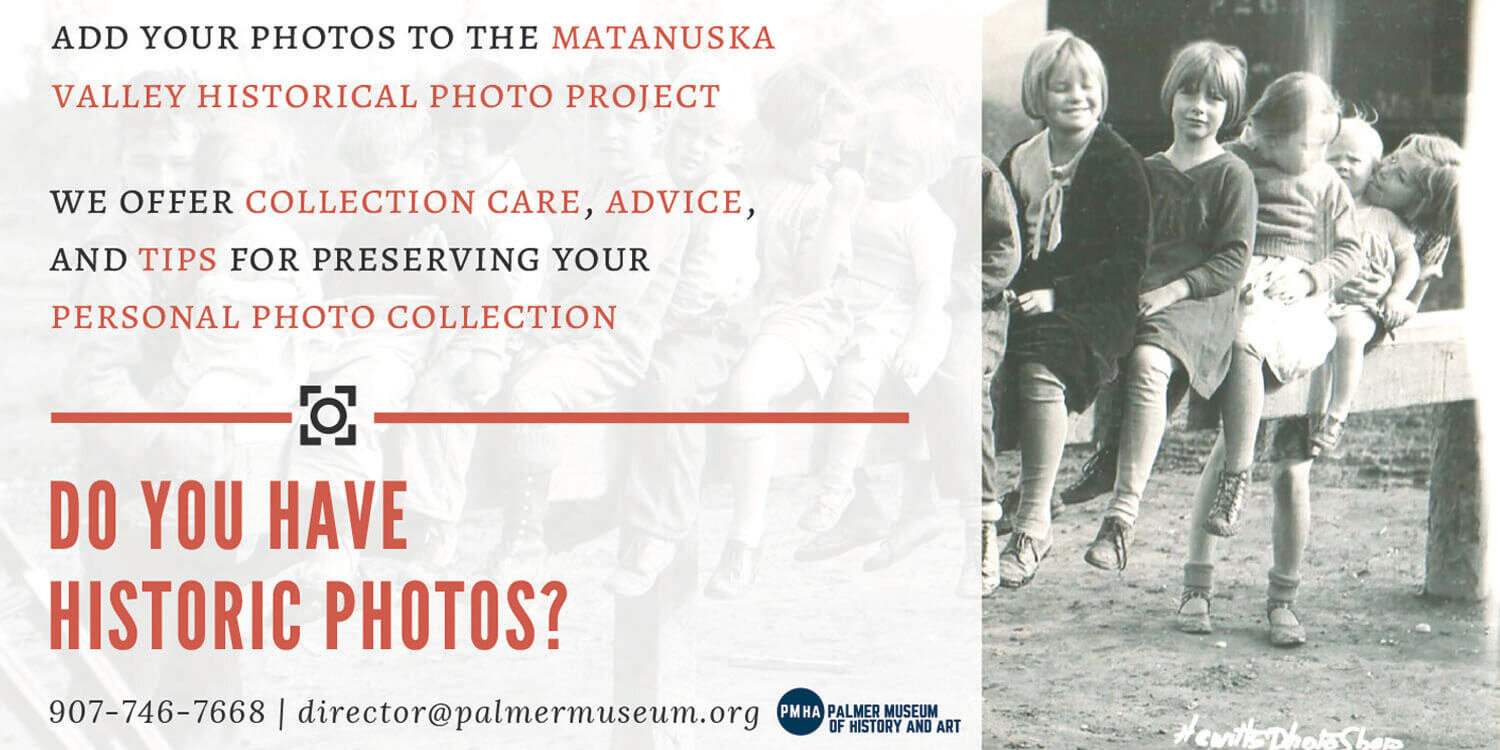Contributed by Richard Estelle
Trapping has been an important occupation and lifestyle throughout Alaska’s history, and the museum has several artifacts in its collection that reflect some of that history. One remnant of bygone trapping enterprise we often have on display (usually in our bathroom!) is a large, long-spring, leg-hold bear trap. While fairly modest as far as historic bear traps go, this device measures practically three-feet-long from end to end and weighs in at 20 pounds. If we could set it, the jaws would open to 12 inches wide. Those jaws once sported several wicked teeth which were removed sometime prior to acquisition by the museum.
Alaska outlawed bear trapping about the time we became a state, so we assume our trap was retired by that time to take its place among the relics of the past. Obviously hand-forged and fabricated, it has no “maker’s mark”, so we don’t know who manufactured it. Nor do we know who owned or donated it to the museum years ago. We have to assume the trapper who used it must have been a pretty “skookum” fellow to have hauled this thing along his trap line and set it. In fact, a trap this big usually required that he also pack along special clamping tools to depress the powerful springs, so the jaws could be spread.
A short piece of metal chain is attached by way of a homemade link composed of several strands of heavy copper wire twisted together, connected to a unique swivel link. Several feet of additional chain were probably attached when it was set, adding more pounds to the trapper’s load.

















































